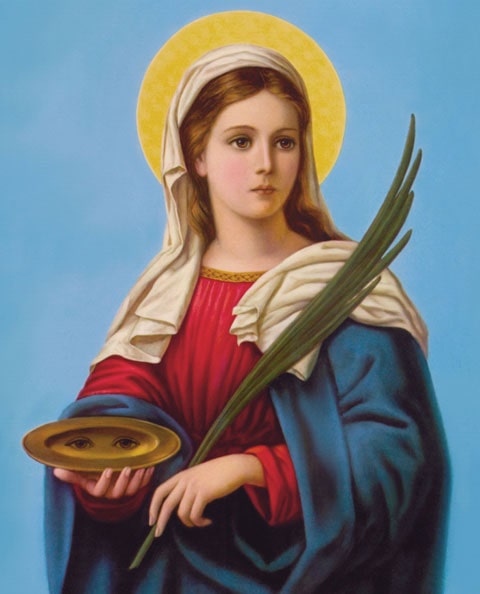
The dating of the origin of the holiday of Santa Lucia is rather confused: some trace it back to 13 December 1646 with the landing in Palermo of a ship loaded with grain that ended a great famine and, later, a similar story would have occurred more than a century later in January 1763, in Syracuse. In both cases, the unexpected arrival of one or more ships loaded with grain, arrived thanks to the intercession of the Saint, would have been decisive in putting an end to a terrible famine while the commander of one of these ships, upon entering the port, he would have miraculously recovered from a serious eye disease (eyes of which St. Lucia is the protector).
Tradition says that the ships with the precious cargo (wherever they landed in Sicily) were stormed and that the starving population, in order not to waste time grinding the grain to transform it into flour, consumed it as it was, simply boiling it and without adding other ingredients. From that moment on, it was decided that, as a sign of devotion and gratitude, every year on December 13 only whole wheat and legumes were eaten, avoiding products derived from the processing of flour. Hence the tradition of cooking every year for S. Lucia the cuccia, salty and sweet panelle (made with chickpea flour), rice flans, potato gateaux and the inevitable rice balls.
The “Cuccia” is certainly the sweet symbol of this festival. It is a soft wheat-based dessert that requires a three-day long preparation, which makes it a ritual dedicated mostly to the elderly women of the family since such a long procedure is difficult to reconcile with the tight schedule of daily life. After the three days soaked in water, the wheat is cooked for eight hours over a very low flame and left to rest for another night before being seasoned with ricotta cream or milk cream and dark chocolate and finally decorated with cinnamon and candied fruit. Tradition has it that the kennel is distributed among relatives, friends and neighbors and in the memories of the children of my generation the image of a table full of bowls and bowls ready for sweet distribution is alive.
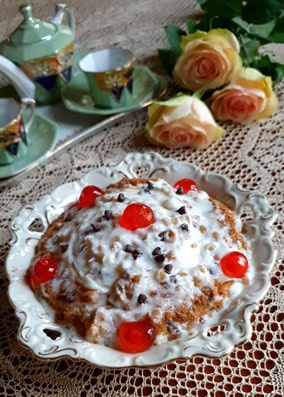
The etymology of the name “kennel” is very old: the first mention dates back to the Sicilian-Latin dictionary of Scobar in 1519 where the word “cuchia” is associated with the Latin explanation “triticum decoctum” or “boiled wheat”. However, the name undoubtedly derives from the word “cocciu” or “grain” (from the Greek kokkia) and from the verb “cucciari” that is to eat one grain at a time and therefore in any case linked to the basic ingredient, namely wheat. The tales of the oral tradition also tell us that the “shards of wheat” recall the pupils of which Saint Lucia had suffered the blind.
In addition to being a tradition of Palermo and Syracuse, the kennel is widespread, with culinary variations, also in other Sicilian cities. In Trapani, for example, boiled wheat is consumed together with broad beans and chickpeas boiled with “cooked must” while in Caltanissetta the cuccia is a savory dish in all respects and prepared as a wheat soup with the addition of chickpeas and olive oil.
On December 13, for every Palermitan, another essential culinary tradition is that of arancine. I fly over the age-old and boring arancina / arancino issue because I am from Palermo and, as such, the fact that the arancina is female is not disputed so … I will call them arancine with all due respect to the people of Catania, Syracuse, Ragusa and Messina! The origin of the arancina dates back to the Arab domination between the 9th and 11th centuries. It seems that the Arabs used to roll a little saffron rice into the palm of the hand and season it inside with lamb. This practice made the dish, which was originally a fragrant risotto seasoned with mutton, also convenient to transport thanks to breading and frying, thus transforming it into the first example of salty takeaway food still present in our daily life today. is that it can be said without fear of denial that, after many centuries, the arancina is the queen of Palermo street food. The procedure in composing the arancina has not changed even today; in fact, it is a sight to watch our local chefs compose small spherical culinary masterpieces in the palms of their hands! In the thirteenth century Giambonino da Cremona, who was one of the greatest translators from Arabic in the Middle Ages, reported that the Arabs themselves had assigned the name of “arancina” to this very particular rice compound due to its similarity to the oranges so widespread in Sicily. Gaetano Basile reminds us that in the eighteenth century the arancine were the typical specialty of the Dominican Monastery of the Pietà today better known as Palazzo Abatellis and that, at that time, the arancine were not filled with ragù but with small peas, vegetables and strips of meat and only in the second half of the nineteenth century, with the massive introduction of the tomato and therefore of the tomato sauce in the local cuisine, the condiment inside them was transformed into the ragù we know today.
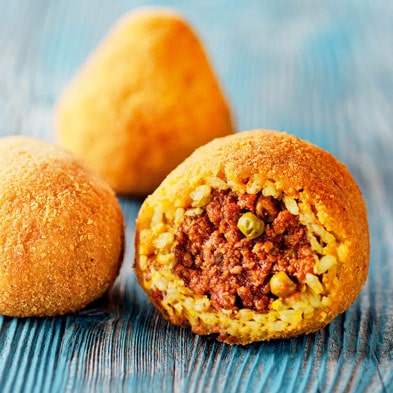
As for the baked anelletti in “Il Gattopardo”, the arancine also enjoy a very illustrious literary quote: in 1894 in a passage from “I Viceré” by Federico De Roberto there is talk of “rice arancine each as big as a mellone” ( and also De Roberto mentions them using the feminine). Certainly the first arancina in history was made with meat or “accarne”, as they say in the Palermo dialect, followed by the variant with butter or “abburro” which is actually a condiment made up of cheese or béchamel and diced ham. Now the variations on the theme of the salty or sweet filling are no longer counted (some very successful, others sometimes turn out to be real forcing) but certainly the culinary tradition of Santa Lucia is more alive than ever and the arancina is still one today. of the undisputed symbols of Sicilian cuisine in the world.
Cristina Colajanni


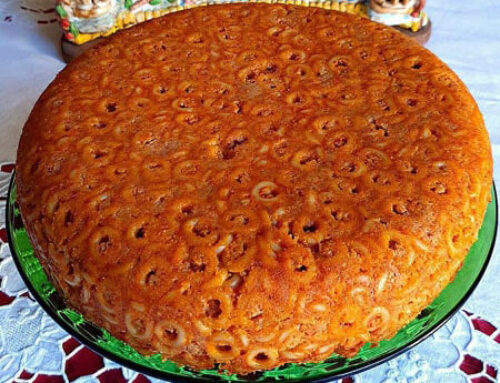
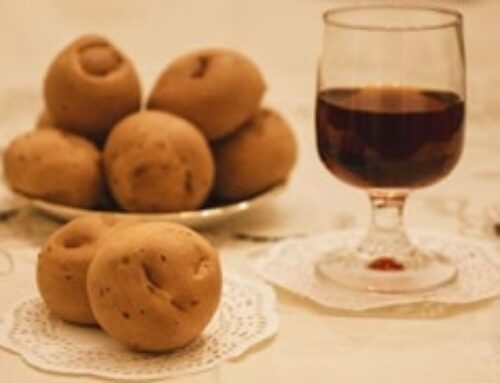
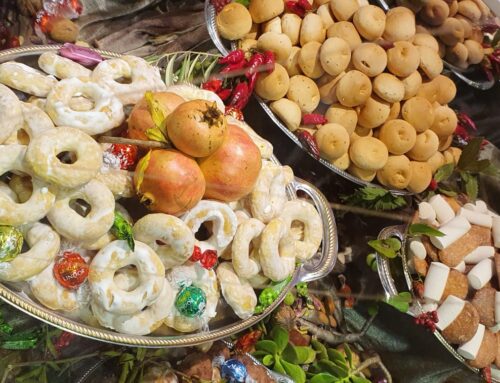
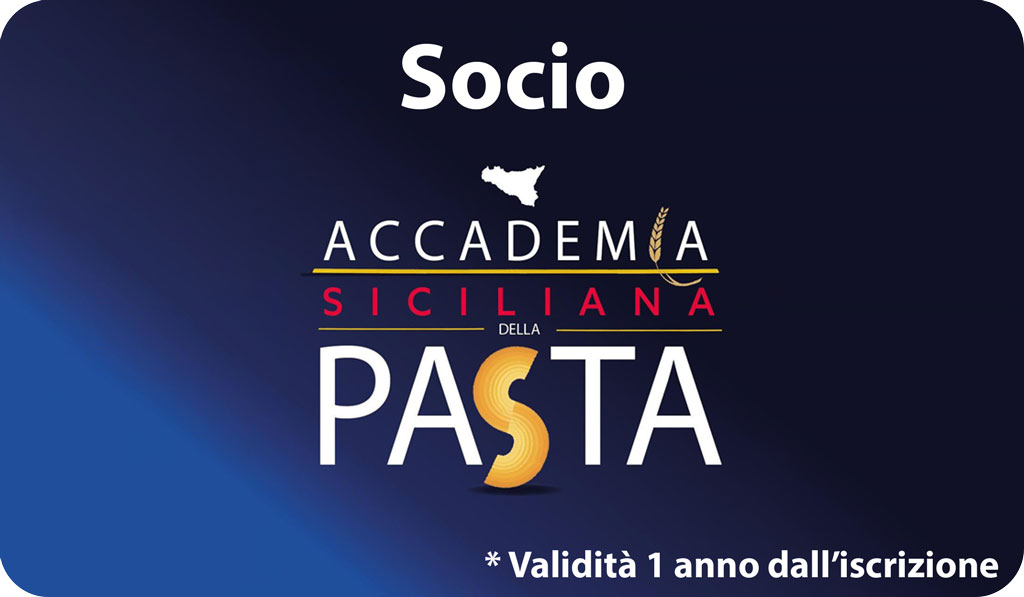
Leave A Comment